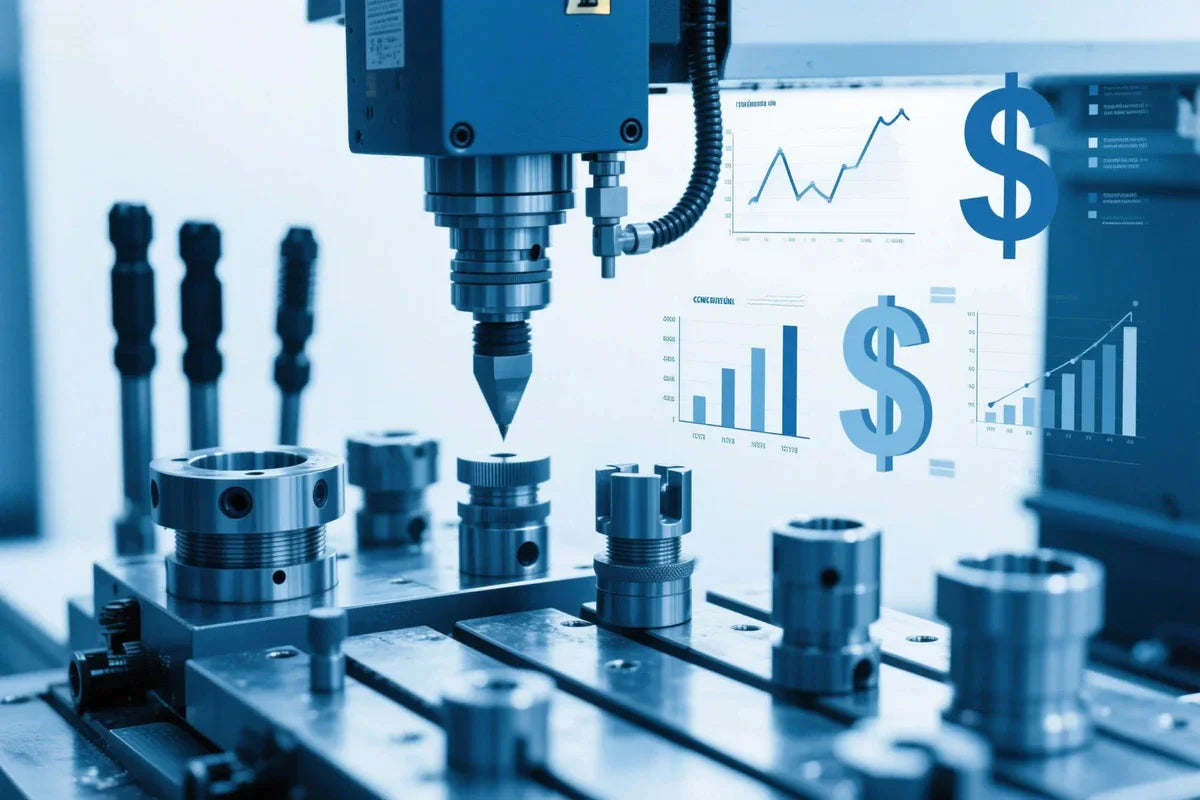Quick answer
- CNC Tool Operator (entry/early career): U.S. median $52,900/yr; top 10% $70,780+.
- CNC Programmer (advanced/technical): U.S. median $69,880/yr; top 10% $99,060+.
- Machinist (broad role, manual + CNC): U.S. median $56,150/yr; tool & die makers median $63,180/yr.
Pay varies by role, industry (medical/aerospace often higher), geography, shift differential, and skills (CAM, multi-axis, metals).
What the numbers say (U.S.)
- CNC Tool Operators (SOC 51-9161): Median $52,900; 75th percentile $61,270; 90th $70,780 (May 2024).
- CNC Tool Programmers (SOC 51-9162): Median $69,880; 75th $83,650; 90th $99,060 (May 2024).
- Machinists (SOC 51-4041): Median $56,150 (May 2024). Tool & Die Makers: Median $63,180.
These figures reflect national medians; high-cost metros and specialized sectors often pay above the national range.
“CNC engineer” salary—what does that mean?
“CNC engineer” isn’t a standard BLS occupation title and is used inconsistently in job ads. Roles labeled this way typically map to CNC programmers (see figures above) or to engineering roles (e.g., manufacturing/mechanical/industrial engineers) whose pay usually exceeds technician/operator roles. For a like-for-like benchmark tied directly to CNC work, use CNC programmer data.
What moves you into higher pay bands
- Programming & CAM depth: 3- to 5-axis toolpaths, post processors, process optimization.
- Materials & tolerances: Proven work in aluminum, stainless, titanium; GD&T; metrology.
- Automation: Tool libraries, probing, lights-out runs, production repeatability.
- Documentation: Setups, inspection reports, DFM feedback to design.
Can a desktop CNC help you earn money?
Yes, especially for prototyping services, short-run parts, custom jigs/fixtures, PCB milling, or engraving/inlays. A typical side-gig model is $50–$120/hr shop rate for design + machining on small runs, with material and finishing billed separately. Keep expectations tied to your machine envelope, tolerances, and materials.
Light touch: If you’re building a portfolio or learning, desktop CNCs like Makera’s Carvera line can help you practice CAM, fixtures, and repeatability on aluminum, plastics, wood, and PCBs from a small workspace—useful stepping stones toward higher-value work.

Smith Blade Designed with Makera Carvera is Now on Kickstarter
5 Ways to Make Money with the Makera CNC Machine